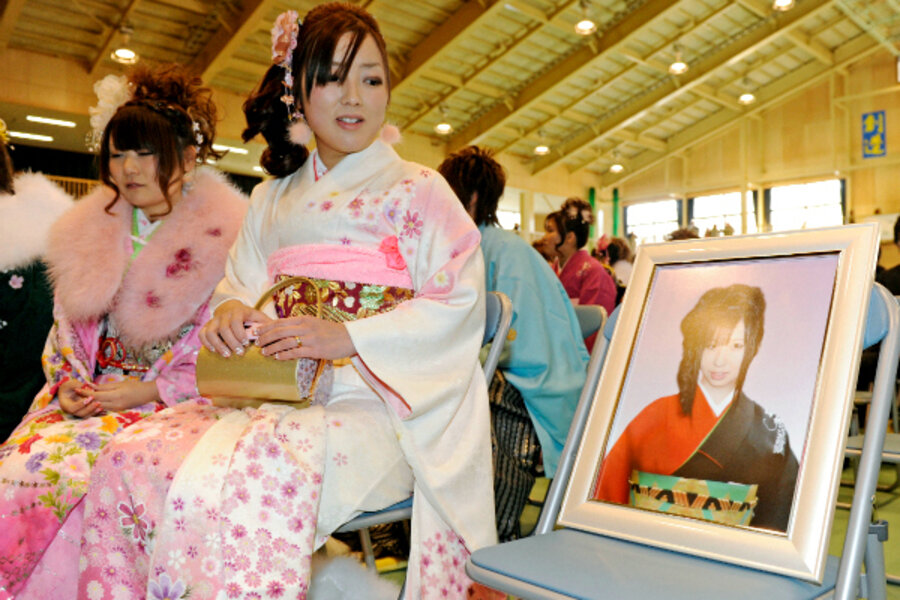In post-tsunami Japan, rebuilding a town begins with a child-care center
Loading...
Along the water’s edge in Rikuzentakata, on the coastline of northeastern Japan, stands a single pine tree, its bark scarred by tsunami waves.
The area, once home to 23,000 people, is otherwise a barren landscape of splintered two-by-fours and tangled debris. Little else remains of this resort community that was renowned for its beautiful white sand beach.
On 11 March 2011, 30-foot swells swept away the city and many others like it. In Rikuzentakata, the tsunami left behind only a few large, gutted structures and destroyed 70,000 trees along the coastal pine forest, which had protected the rice paddies from the sand. Nearly 2,000 residents died, making it one of the hardest-hit communities. In all, almost 16,000 people lost their lives that day.
With the details of the devastation still emerging, members of the Rotary Club of Ardmore, Pa., USA, began exchanging emails to organize help for the victims. They established the Ardmore Rotary Japan Relief Fund and in a few weeks raised $54,000. They forwarded the funds to the Rotary Club of Tokyo, whose members had raised nearly $255,000.
With the money, they planned to rebuild a child care center that had been washed away by the tsunami, giving the dozens of area children who had lost their homes, schools, and in some cases their parents a chance to start again. Completed in 2012, the center is called Ayukko, a name derived from the abundant ayu (sweetfish) living in the Kesen River.
Ayukko has become a place where mothers and children in the community, many of whom still live in temporary homes, can reconnect, share their experiences, and support one another. Psychological care is important here, and kodomo no kokoro no care, which translates to “care for children’s hearts,” is at the core of Ayukko’s philosophy.
“The effects of the earthquake and tsunami continue to take a psychological toll on the residents of this area,” says Doug Klepfer, past president of the Ardmore club. While the center offers mental health workshops, it also operates under the belief that the best form of therapy lies in reestablishing a sense of community. The disaster demolished not only the city’s infrastructure but also the human bonds that connected the people who lived there.
“The people cannot live without a certain mechanism of community support for each other,” says Yoshio Okazaki, past president of the Tokyo club.
In the yard surrounding the center, dogwood trees begin to blossom as the changing season brings warmer air. Young mothers gather to share their stories while children nap in the corner library.
Two-year-old Saku comes to Ayukko twice a week, and her mother believes this is helping her learn how to play with other kids. Now in its second year, the rebuilt Ayukko has proved that a warm and stable environment can help a community in recovery.
“We felt it was best to help our younger generations suffering from bad circumstances and to maintain a safe center to raise them over the next 10 years,” says Akira Gemma, who served as president of the Tokyo club when the project began. “The most important part is to look after young generations.”
• This article originally appeared in The Rotarian, the official magazine of Rotary International. Rotary connects 1.2 million members of more than 34,000 Rotary clubs to provide humanitarian service and build goodwill throughout the world through addressing issues such as disease prevention, maternal and child health, literacy, peace and conflict resolution, economic development, and clean water. The Rotarian challenges readers to become more involved in service to their neighborhoods and to the global community. It's found on Twitter at @therotarian and @Rotary.





